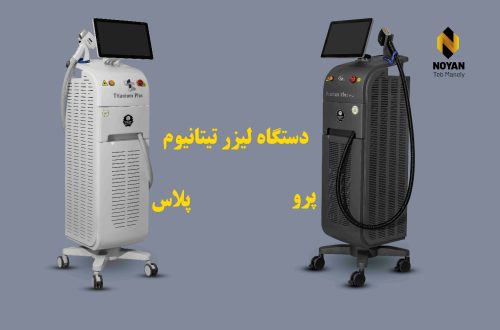In the ever-evolving world of printing technology, the Direct-to-Film (DTF) printer has emerged as a groundbreaking innovation, offering new possibilities for high-quality printing on a variety of materials. DTF printing is a versatile, cost-effective, and high-resolution printing method that is becoming increasingly popular for both small businesses and large-scale operations. This article explores what dtf printing are, how they work, and why they are changing the game in the printing industry.
What is DTF Printing?
DTF printing stands for Direct-to-Film printing. It is a process where images are printed onto a special film, and then the printed design is transferred onto fabric or other materials using heat and pressure. Unlike traditional methods such as screen printing or direct-to-garment (DTG) printing, DTF printing offers several advantages, including the ability to print on a wide range of materials and the flexibility to create vibrant, durable designs without the need for complex setup or high production costs.
How Does a DTF Printer Work?
The process of DTF printing involves several key steps:
-
Design Preparation: The first step is to create a digital design. This can be done using design software like Adobe Illustrator, Photoshop, or CorelDRAW. The design is then processed into a format that is compatible with the DTF printer.
-
Printing on Film: The design is printed directly onto a special type of film using a DTF printer. These printers use CMYK (cyan, magenta, yellow, and key/black) inks, which are highly pigmented and capable of producing vibrant colors. The film used in DTF printing is a transparent, heat-resistant material that allows the design to be transferred effectively.
-
Powdering: After the design is printed, the film is coated with a special adhesive powder. This powder is applied while the ink is still wet. Once applied, the film is heated to melt the powder, ensuring it adheres to the design. The powder helps the ink bond to the material during the transfer process, ensuring a vibrant and long-lasting print.
-
Transfer: After the powder is melted, the film with the design is placed on the material (such as t-shirts, bags, or other textiles). A heat press machine is then used to apply heat and pressure to transfer the design from the film onto the fabric. This heat press step ensures that the design becomes permanent, with bright colors and sharp details.
-
Final Touches: Once the design has been transferred, the material is cooled, and the film is removed, leaving behind a high-quality print that is resistant to fading, cracking, and peeling.
Advantages of DTF Printing
-
Versatility: DTF printers can print on a wide variety of materials, including cotton, polyester, leather, and even hard surfaces like wood and ceramic. This makes DTF printing an excellent option for businesses offering custom apparel, promotional items, and other products.
-
High-Quality Prints: DTF printing produces vibrant, high-resolution designs with fine details and smooth gradients. The ink used in DTF printers is designed to be durable, ensuring that the prints remain sharp and vivid even after multiple washes.
-
No Need for Pre-Treatment: Unlike direct-to-garment (DTG) printing, which requires garments to be pre-treated with a special solution before printing, DTF printing does not require this additional step. This simplifies the process, saving both time and money.
-
Cost-Effective: The upfront costs of DTF printers are often lower than other printing technologies like DTG or screen printing. Additionally, the maintenance costs are generally more affordable, making DTF printing a great choice for small businesses and entrepreneurs looking to enter the printing industry.
-
Faster Production: The DTF printing process is relatively quick, allowing businesses to produce high-quality prints in less time. The ability to print on demand and produce small batches of custom designs makes it an ideal option for custom apparel and promotional items.
-
No Minimum Order Requirement: Unlike screen printing, which often requires a minimum order for cost-effectiveness, DTF printing allows businesses to print just one item at a time without any significant loss of quality or cost efficiency. This flexibility is perfect for businesses that focus on small orders, custom designs, or one-off prints.
Applications of DTF Printing
DTF printing is used across various industries, including:
-
Custom Apparel: DTF printing is commonly used for creating custom t-shirts, hoodies, caps, and other clothing items. It allows businesses to produce vibrant, high-quality designs on a wide range of fabrics.
-
Promotional Products: Businesses can use DTF printing to create personalized promotional items such as tote bags, mugs, and hats.
-
Textile and Fashion: DTF printers are used in the fashion industry to create custom clothing items with detailed designs.
-
Home Decor: DTF printing can be used on fabrics for custom home decor items, such as cushions, curtains, and tablecloths.
-
Hard Surface Printing: DTF printing is not limited to textiles. It can also be used for printing on hard materials such as ceramic, wood, and acrylic, making it useful for creating personalized gifts, awards, and decorations.
Conclusion
DTF printing is rapidly gaining traction in the printing industry due to its versatility, cost-effectiveness, and ability to produce high-quality prints on a wide range of materials. Whether for custom apparel, promotional products, or personalized gifts, DTF printers offer businesses the opportunity to expand their product offerings while maintaining affordable production costs and quick turnaround times.


